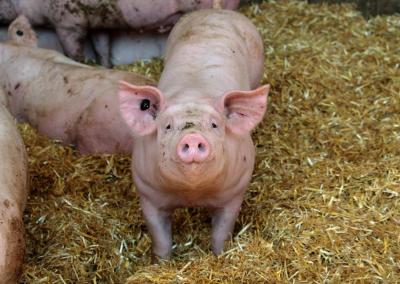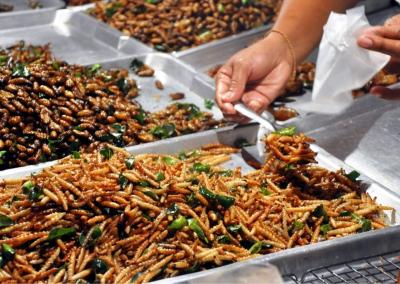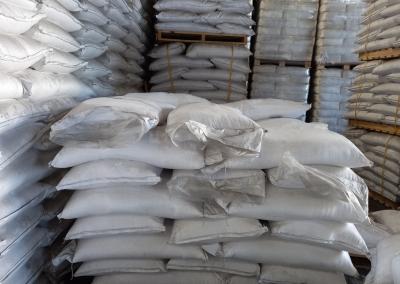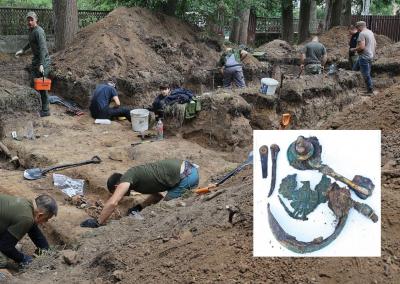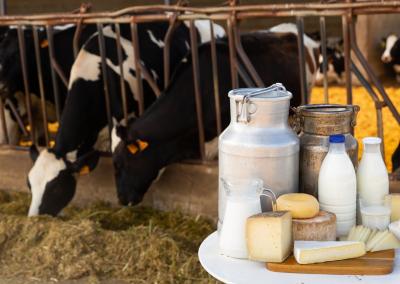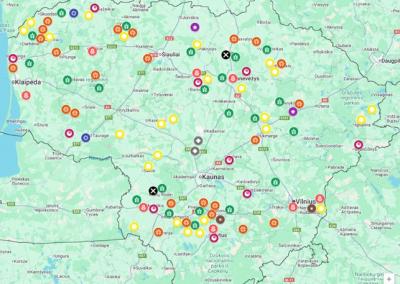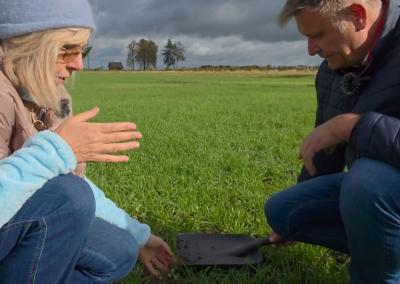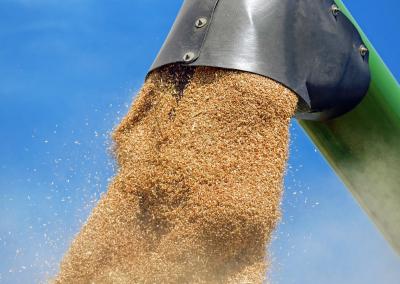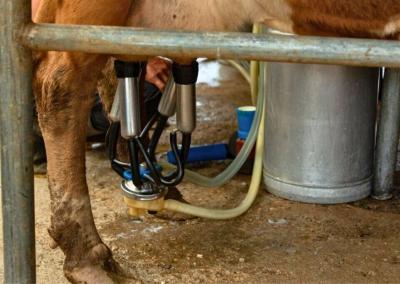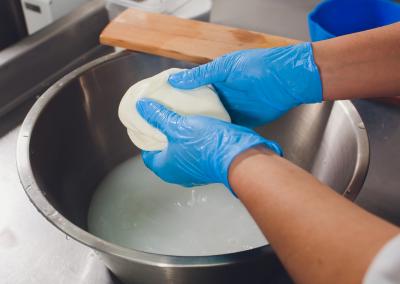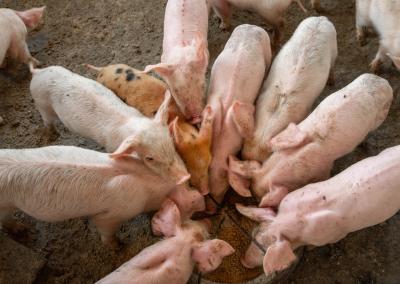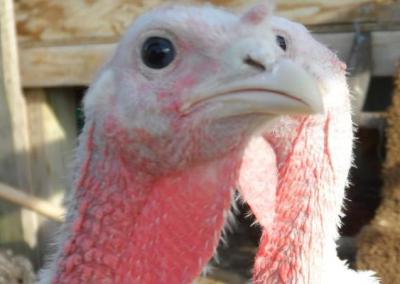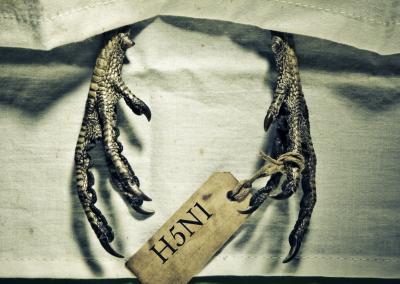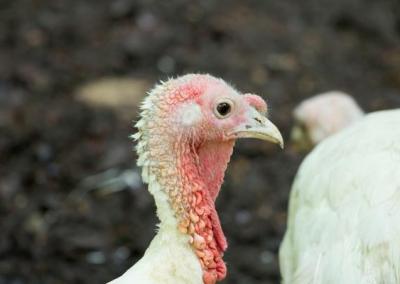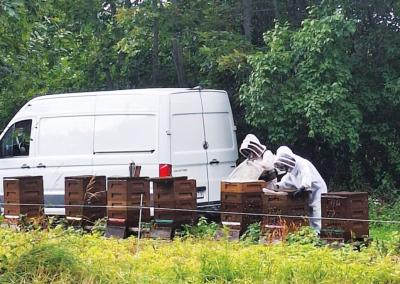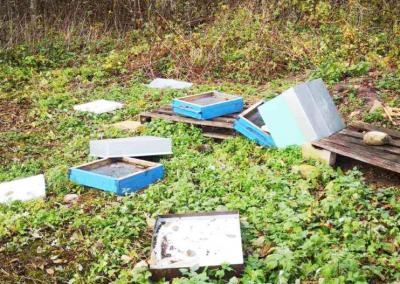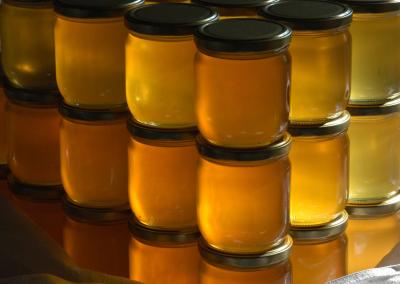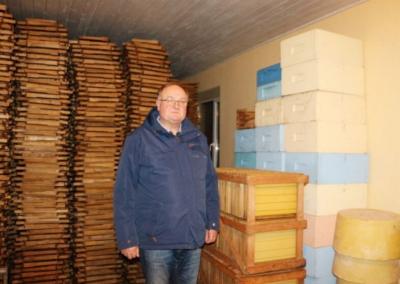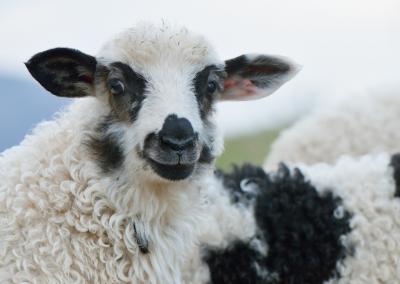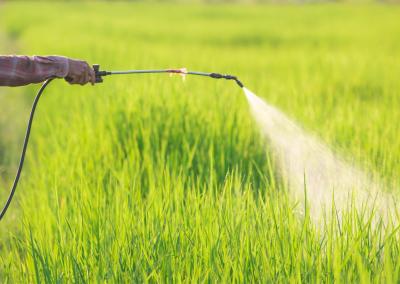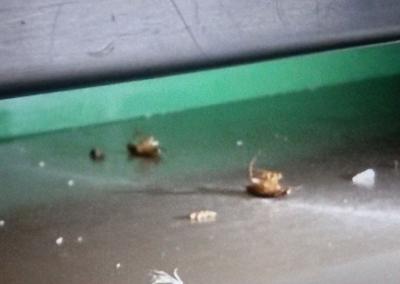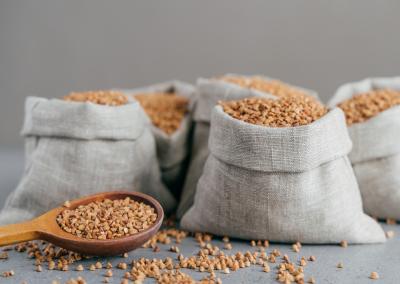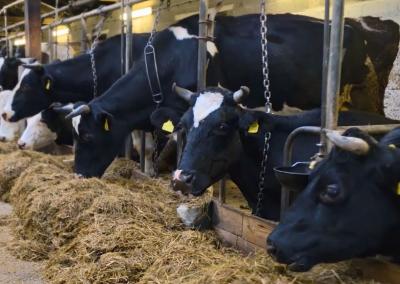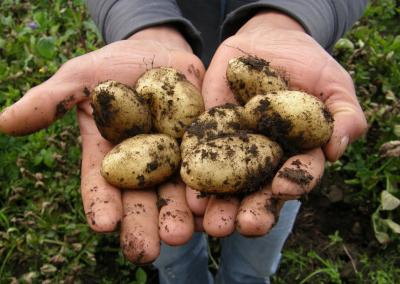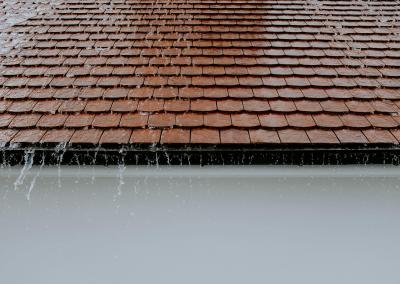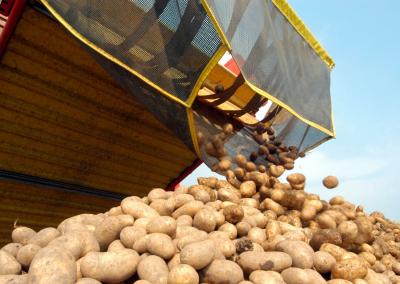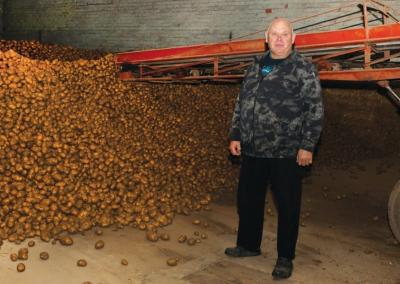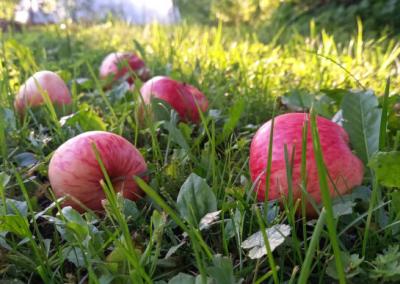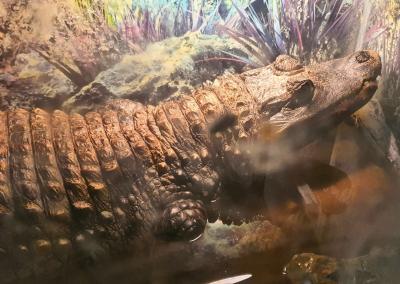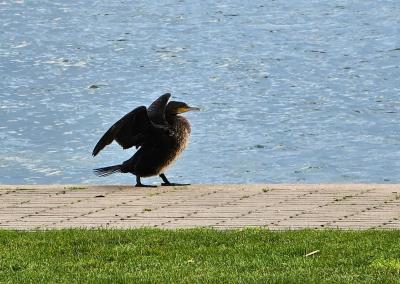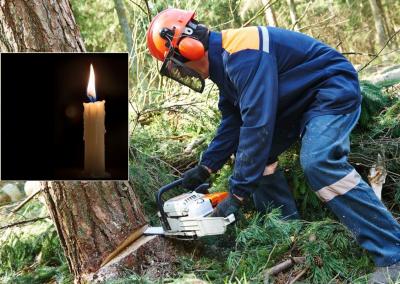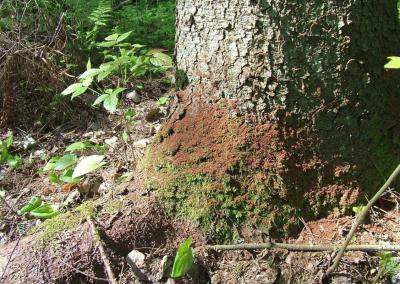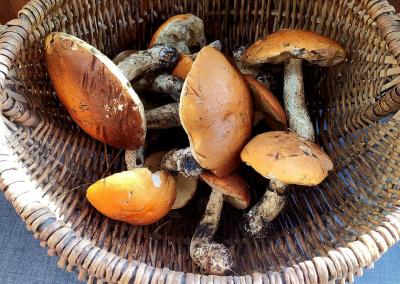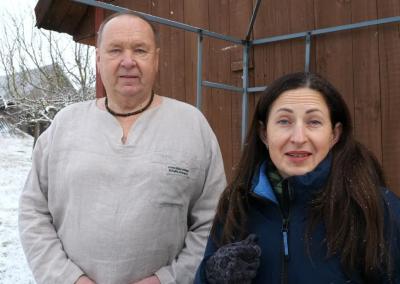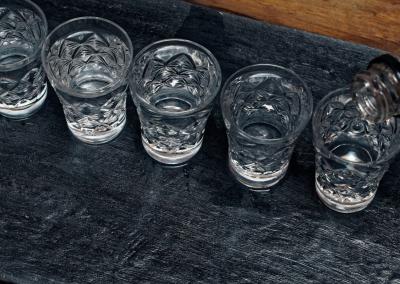Moths in food and clothing: a biologist explains where they come from
Thousands of tonnes of chocolate products are produced in Lithuania every year. This shows that chocolate is a common part of people's daily lives. But it turns out that these treats are also loved by the nutritious moth. Opening a box of sweets or unwrapping a bar of chocolate to find the worms burrowing in, is not rare, according to one company's pest control expert and biologist, Liutauras Grigaliūnas.
„Food moths can appear in boxes of sweets, chocolate or other foods that appeal to them in two main ways. The eggs can be laid before the product reaches the shelves, and then the person buys the product with live presents. The other route is for uncontrolled moths to enter the premises through windows, other openings, or with the infested product, and then spread to other products over time, says the pest control expert, who points out that complaints about moths in sweets packaging increase after the holidays, when people take their time to consume all the sweets or leave a favourable environment for moths to breed.Why are moths a problem?
Food moths are a serious economic pest. In the US, it is estimated that the food industry loses billions of dollars a year due to food moths and other pests. Moth larvae, excrement and cobwebs found in packaging make food unfit for consumption, which increases food waste. Although there is no significant health damage from accidentally eating infested produce, the negative emotions can linger for a long time.
„The larvae are often found in wheat, rice, oats, maize, flour and flour products, nuts, sunflower or other plant seeds, dried fruit, chocolate, pasta, spices and even bouillon cubes. The larvae contaminate food with faeces and weave a silken web, sticking together products as they feed. This is one of the main signs of contamination. To protect food from food moths, it is essential to store food in sealed glass or plastic containers, regularly vacuum out leftover products from cupboards, especially between the corners of shelves, and throw away damaged food. If moth butterflies are seen flying indoors, pheromone traps can be bought to catch them, and then inspect the moths' favourite products particularly carefully for signs of breeding, advises L. Grigaliūnas.
Moths in clothing
Another moth can cause minor damage to both households and industry – the clothes moth. It is estimated that a single larva can destroy up to 200 mg of tissue during its development period.
„The larva of the clothes moth is very similar to that of the food moth, but is slightly smaller – up to 1 cm long, with a pale yellow or cream body and a head darker than the body. The butterflies themselves are light-coloured, very rarely seen flying, and are more likely to be seen scurrying around in dark cupboards, drawers and similar places. The larvae start feeding immediately after hatching, but visible damage, holes in the tissues, may not be noticed until weeks or months later. If the larvae feed in one area of the garment, the damage may be visible sooner – within 1– 2 months, but if they are scattered, the damage may not become apparent until months later. How quickly pests are spotted also depends on how often a person looks through their seasonal clothing,– points out a pest control expert.
Clothing moths are more attracted to dirty, already worn clothes when they are kept in wardrobes for longer periods. To prevent clothes moths, it is important to wash clothes regularly, and it is recommended to wash clothes that have not been worn for a long time at a high temperature (at least 50 °C) or to dry clean them. Natural remedies such as lavender, cedar or peppermint oil can also be used to repel moths.
What should you do if you get moths in your home?
If food moths are found in the home, the first thing to do is to remove the infested products and thoroughly clean and vacuum the kitchen or food storage cupboards and ceilings. Cleaning should be carried out with very hot water. If moths are found in a wardrobe, this should also be thoroughly cleaned, vacuumed and the clothes washed at high temperature.
„Special moth killers are available in shops, but they are not designed for professional use and are therefore of questionable or short-term effectiveness. Professional products that are really effective can only be used by pest control experts who are licensed and trained to handle them properly. Unprofessional use can cause harm to people and their environment,” points out L. Grigaliūnas.


